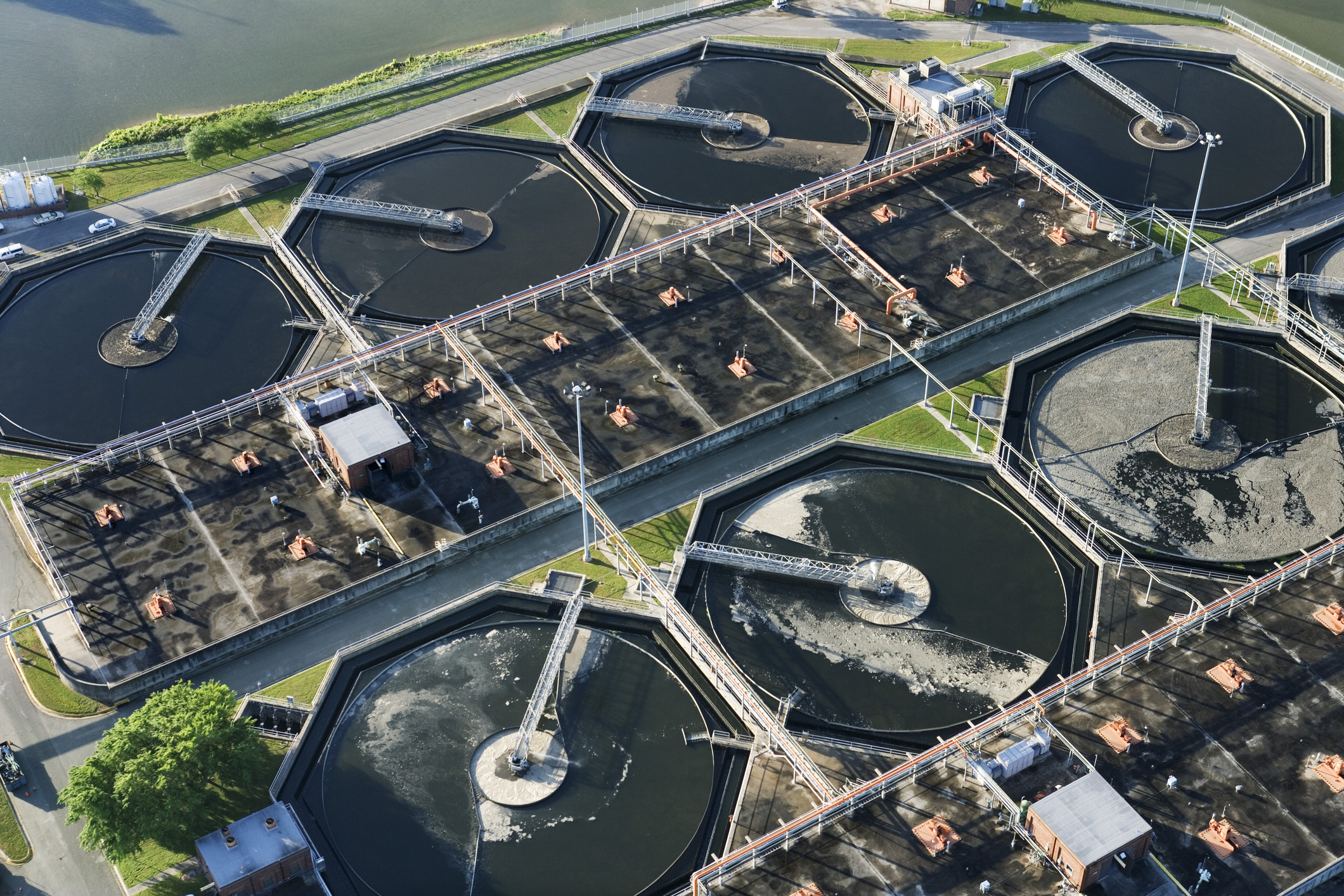Co-authored by NLC intern Maeghen Goode
Per- and polyfluoroalkyl substances (PFAS) are of concern because they are found in common household items such as non-stick cookware, certain garments and fabrics and personal care products. When exposed to these chemicals, studies indicate that they can harm human health in a myriad of ways including delaying development for children, inhibited fertility in women and a deterioration of immune functions. These “forever chemicals” present an extra layer of concern due to their resistance to natural and/or efficient degradation.
In April 2024, the U.S. Environmental Protection Agency (EPA) designated two of the most common PFAS chemicals as hazardous substances under the Comprehensive Environmental Response, Compensation, and Liability Act (CERCLA). CERCLA, more commonly known as Superfund law, helps to combat hazardous materials, substances and pollutants by cleaning up waste sites and holding responsible parties accountable.
To support local leaders in understanding this new regulation, NLC’s latest brief, Managing PFAS Waste: A Comprehensive Guide for Local Decision-Makers, examines the impact of the CERCLA designation on municipal utilities and services, with a focus on implementing current and emerging strategies for PFAS disposal through wastewater treatment and landfills.
PFAS Disposal and Destruction Options
The interventions to combat PFAS range from disposal and destruction to advanced filtration techniques. The brief explores various disposal and destruction options for managing PFAS-containing waste from municipal wastewater treatment facilities and landfills, including underground injection, thermal treatment (pyrolysis) and land application, while also highlighting emerging technologies. While these methods offer benefits such as low life cycle costs and a small footprint, they also present challenges, including environmental impacts related to disposal, increased complexity and higher maintenance requirements.
Next Steps for Local Leaders
Local leaders should first understand the extent of PFAS exposure in their community by testing and identifying primary sources of contamination, such as industrial discharges, stormwater runoff and facilities using or manufacturing PFAS-containing products.
Water utilities and landfill managers should also test for PFAS in effluent discharges, landfill leachate, gas and biosolids, as these are key vectors for environmental migration. Treatment and disposal options vary based on PFAS concentrations, inflow volume and existing infrastructure, requiring municipalities to consult experts for appropriate solutions.
Municipal water utilities and landfills may face significant costs in addressing PFAS, but federal and state funding is available through programs like the EPA’s Emerging Contaminants Grant Program and the Clean Water and Drinking Water State Revolving Funds to help cities, towns and villages manage PFAS mitigation efforts. EPA’s Water Technical Assistance program connects communities to experts who help assess and implement solutions for addressing PFAS contamination.
Case Studies
Efforts to address PFAS contamination involve diverse strategies across various sectors. These initiatives illustrate the growing urgency and complexity of managing PFAS contamination. They highlight the need for comprehensive approaches, including legal frameworks, technological innovation and regulatory enforcement. Collaboration across regional jurisdictions, industries and levels of government will be critical to scaling solutions, minimizing litigation risks and ensuring public and environmental health.
Land Application of Biosolids in Michigan
Michigan’s Department of Environment, Great Lakes, and Energy has implemented an interim strategy to regulate PFAS in biosolids, particularly from industrial sources. Annual testing is now required for facilities applying biosolids, with set limits on PFOS and PFOA concentrations to mitigate environmental contamination.
City of Lebanon, New Hampshire
Lebanon is piloting a Solid Waste-to-Energy project using pyrolysis to convert municipal waste into syngas and biochar. The process includes high-temperature reactors and gas scrubbers to remove PFAS, ensuring safe energy production. The facility aims to serve 10+ municipalities and reduce landfill use by over 90 percent.
City of Fort Worth, Texas
Fort Worth’s new ordinance requires industrial dischargers to reduce PFAS levels to 25 nanograms per liter within a year of detection. Best Management Practices include pollution prevention, spill response plans, and PFAS substitutions in operations.
Need for Congressional Action
NLC is advocating for liability protection for municipal drinking water, wastewater, stormwater utilities, landfills, solid waste facilities, airports and fire departments, which face CERCLA liability despite not causing or contributing to PFAS contamination. Local governments are “passive receivers” of PFAS-containing materials entering water supplies, wastewater treatment, stormwater, biosolids and solid waste streams through normal operations. As owners and operators of these systems, they risk being held responsible for contamination they did not cause under CERCLA’s strict, retroactive, joint and several liability framework. Additionally, CERCLA actions can be brought by any entity — not just the EPA — further increasing legal exposure. Without liability protections, municipalities could face extensive litigation and financial burdens, shifting costs onto communities and taxpayers instead of polluters. Legislative safeguards are necessary to uphold the “polluter pays” principle and prevent unfair penalties on local governments managing essential public services.
Tell your Congressional delegation that municipal liability protection language must be included in any PFAS legislation this Congress.
Past Litigation Serves as an Example of Cities’ Liability Risk
In 2005, the New Jersey Department of Environmental Protection sued several corporations — including Occidental Chemical Corporation (OCC) and Maxus Energy Corporation — for decades of pollution in the Passaic River under the Spill Compensation and Control Act. The pollution involved chemicals that contaminated water, sediment and wildlife. Crossclaims and counterclaims ensued, with Maxus and others filing against around 300 public and private parties (including municipalities) for shared liability. The litigation extended until 2021 and resulted in OCC paying $160 million and other settlements amounting to tens of millions, emphasizing the challenges municipalities may face — including third-party claims and prolonged legal expenses — under the PFAS CERCLA designation.
Learn More
NLC published a series of resources to support local leaders in navigating and complying with EPA’s PFAS regulations on CERCLA and drinking water standards.
Take Action
Tell your Congressional delegation that municipal liability protection language must be included in any PFAS legislation this Congress.













